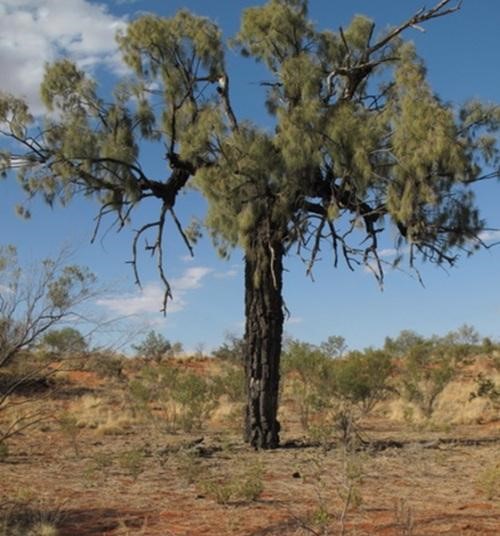A textbook assumption in Biology is that the amount of water available to plants is the main determinant of the height of the vegetation. For this reason, the tall savannas of oaks under summer-dry climates in California have been assumed to reflect year-round groundwater. However, this is obviously not true because the oaks occur not only in valleys but also on well-drained slopes and ridges. Valley oak is a particularly significant species because it actually sheds its leaves during the rains. The fact that, even on slopes, valley oak is green only in the dry season – when the coexisting grass is dormant – shows that it must be environmental factors besides water that allow tall trees to succeed in competition with herbaceous plants.
Recent Posts
- Dingo: Indochinese jackal as much as Australian wolf
- Giant Panda Puzzleboard
- Heaven on a barbed stick
- Tibetan wild ass is designed to be conspicuous to predators
- Zebra striping frustrates victim-selection by hyena rather than bulls-eye pouncing by lion
- Colouration of dogs suggests jackal-like, not wolf, ancestry
- Lack of Australian gophers is no historical accident
- The failure of bats in New Zealand
- The ostrich functions as a typical bird
- Ultimately benign biological invasions

